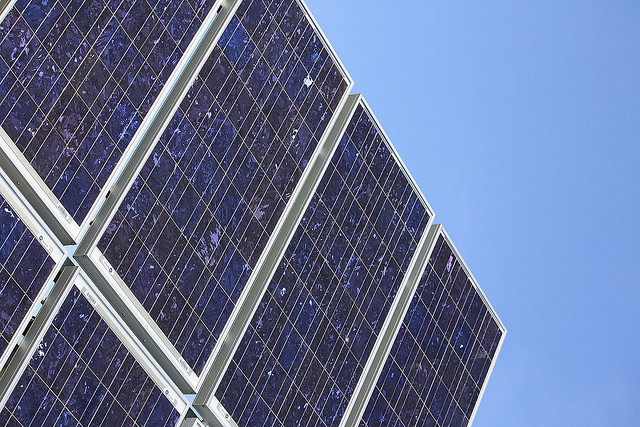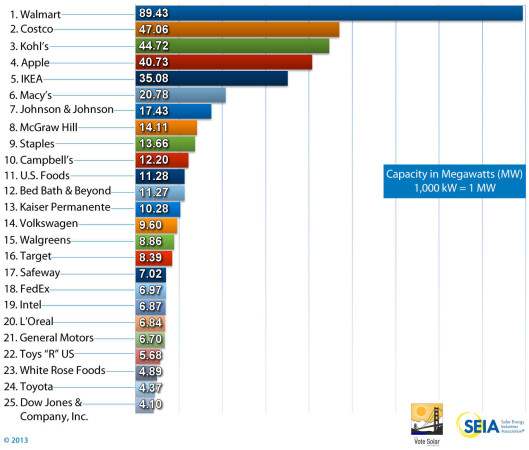
Photo Credit: Some rights reserved by Mountain/\Ash on Flickr.
The battle to advance renewable energy against the strongholds of fossil fuel is being fought on many sides. But it could very well be with solar power that is won or lost, especially when it comes to cost and consumption.
According to the authors David Frankel, Kenneth Ostrowski, and Dickon Pinner of McKinsey Quarterly, the solar power industry is poised to assume a bigger role in global energy markets. The authors say that is a more cost-competitive power source today than it was a decade ago. Solar power holds the potential to disrupt the global energy industry as the world knows it today.
Solar’s Cloudy Past
The solar power industry wasn’t always cloud-free. Competition from cheap natural gas and convenient fossil fuels made it difficult for pioneering solar start-ups to get into the mainstream market. Subsidy cuts coupled with the financial crisis led to the bankruptcy and bargain-price acquisitions of more than just a few solar firms. But thanks to rising consumption and falling costs, solar power is rapidly gaining ground. The authors say that solar is progressing toward grid parity in the residential segment. According to the IEA, solar PV was the fastest growing renewable energy technology worldwide. A massive 65 gigawatts of cumulative installed capacity of solar PV was reached at the end of 2011, compared to only 1.5 GW in 2000.
Solar Cost and Consumption
Beyond points for social responsibility and eco-friendliness, businesses and organizations are upping their solar consumption levels for more tangible gains. These include energy expenses savings, power supply diversification, and consumer appeal. It is now possible for businesses with high energy costs and large footprints to install commercial-scale rooftop solar at a lower cost than continually buying energy from a utility company. In its report “Solar Means Business 2013”, SEIA listed the top 25 companies by solar capacity in the U.S. as:

via Solar Energy Industries Association (SEIA)
In addition, companies that operate in isolated, physically demanding environments such as mining and defense firms need solar as a much-needed power option.
Low costs do not only drive consumption but also investment. Cost of capital for solar power is falling, the authors say. Together with its long-term contracts and comparative insulation to fuel price fluctuations, investment options for solar are becoming more appealing.
Potential for Disruption
Aside from its current (small) share in the energy supply market, solar power’s true disruptive potential lies in its ability to capture all new demand in the energy market. In the past, this has fueled a large part of annual revenue growth. According to the article, new solar power installations could account for up to 50% of new consumption. This will directly affect the amount of its competitors’ new capital as well as returns. In the near future, solar could have wider implications in the utilities market and a deeper one with partner industries such as security systems and energy-information services.
For too long, solar’s potential (disruptive and otherwise) have been undermined by a number of industries. That could turn out to be a costly mistake sooner than most would think. Solar’s impressive progress on the battlefront could not only mean a breakthrough but a bellwether for more renewable energy sources to gain mainstream entry.





Leave a Comment